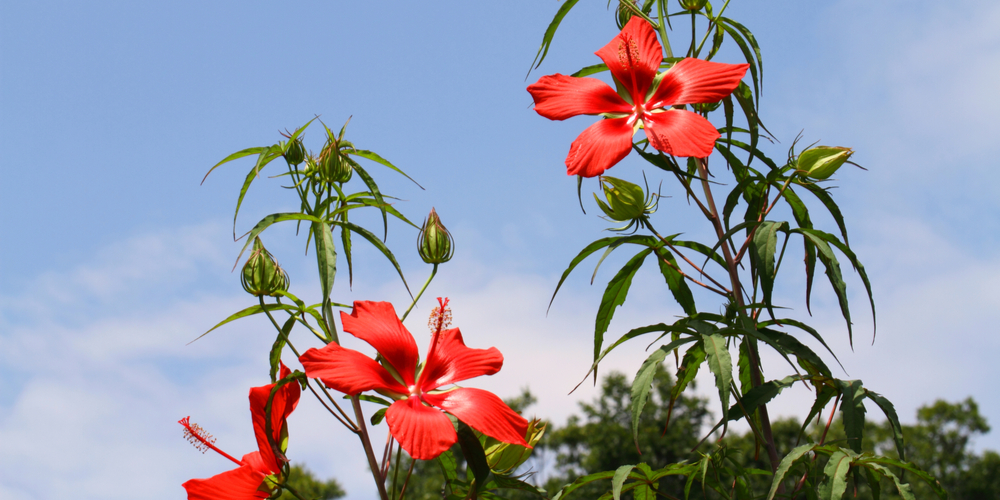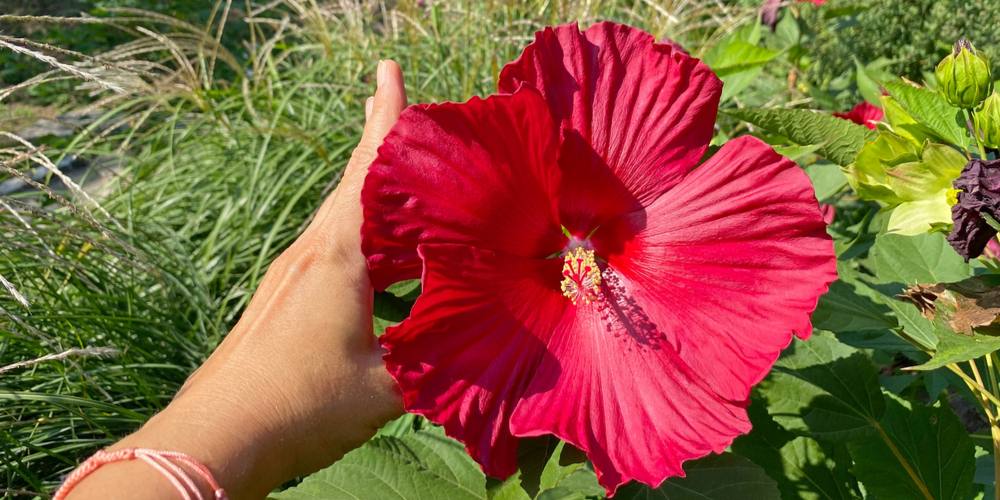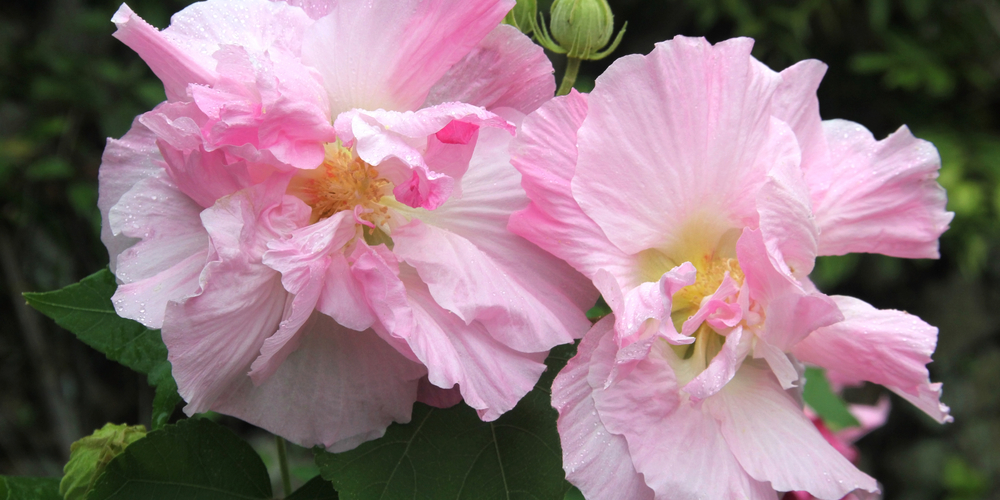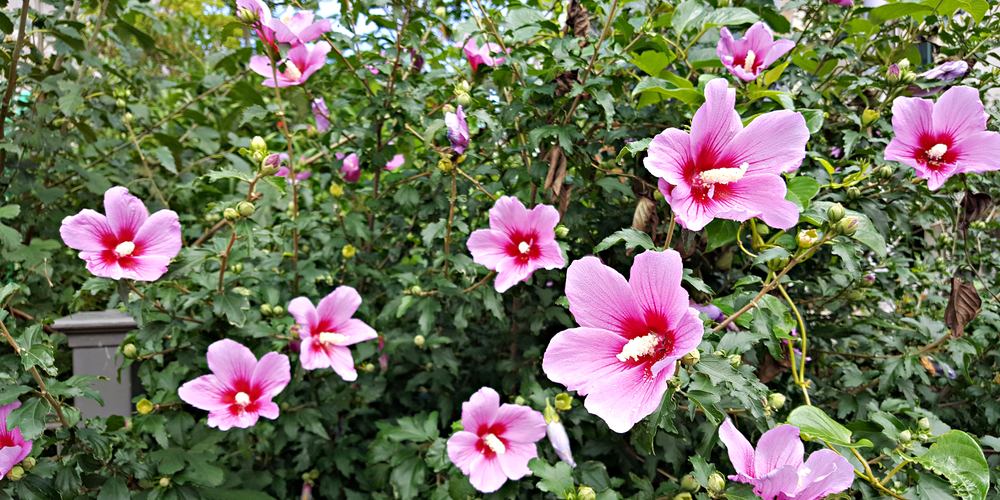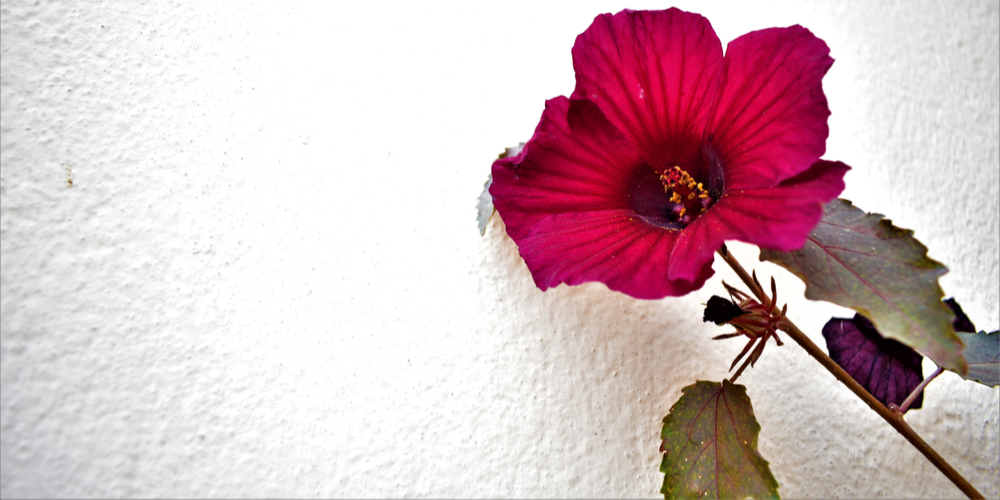Very few can match Hibiscus in beauty and presence. It can transform landscapes and gardens into a tropical paradise with large, upturned festive flowers and leave an indelible mark on the viewer. Thinking of growing hibiscus zone 9 but don’t know where to start? We’ve got you covered.
Do Hibiscus Grow in Zone 9?
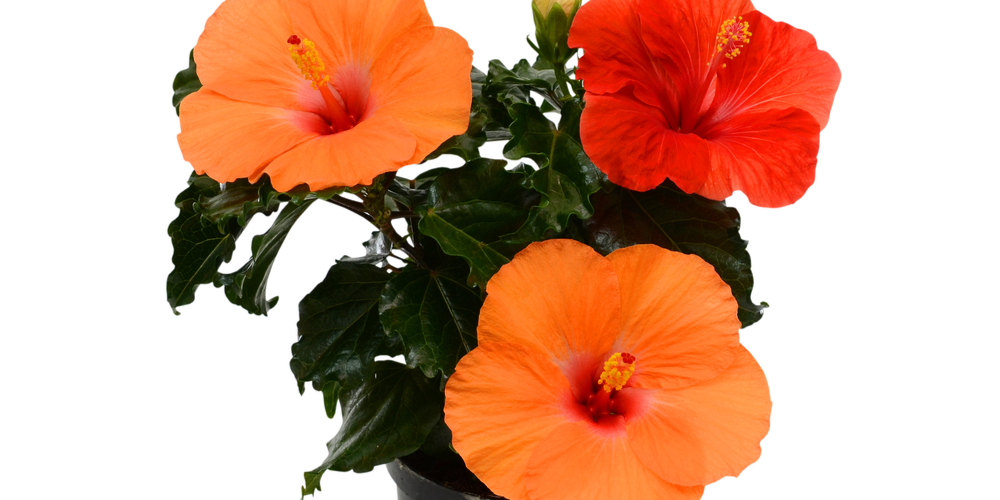
Most hibiscus plants are of the tropical variety- they’ll want lots of sun and may not be able to survive freezing temperatures.
When attempting to grow hibiscus in zone 9, you’ll want to get the hardy hibiscus. These cultivars are cold-tolerant enough that they can survive a frost or two with little help from you. You can also get the tender varieties, but then you will have to bring them in to protect them from winter.
Regardless of variety, most hibiscus plants will thrive in full sun and soil that’s well-draining. You can put them in containers or the ground, and don’t forget to water on a schedule to keep the soil moist. The plant can get sunburned when they come into contact with afternoon sun, so it’s best to put them in a location where they get partial shade.
It’s recommended that you fertilize your hibiscus to get the most blooms.
5 Best Hibiscus Plants for Zone 9
Texas Star
Texas Star is aptly named as it produces fascinating star-shaped blooms in white and red. It’s hardy in USDA zones 8 through 11, which means you can let it sit in winter and it will grow right back as soon as spring starts.
The hibiscus plant can get as tall as 8 feet, with similar-shaped leaves that are long and serrated. Texas Star is among the easiest to care for as long as you frequently water it.
Related Article: Texas Star Hibiscus Growth and Care
Rose Mallow
A shrubby hibiscus species that’s available in different colors, Rose Mallow also goes by swamp hibiscus. As the name implies, it grows very well on damp areas such as pond edges and similar environments.
It’s a low-maintenance plant through and through, and you’ll love the fact that you can choose the color of the blooms, which include lavender, red, white, peach, pink and even bi-color variants. Rose mallow grows in full sun and rich, constantly moist soil. It’s worth noting that you have to keep it watered during the growing season so it can produce an abundance of flowers.
Cotton Rose
Cotton Rose isn’t exactly a rose plant but a hibiscus. It’s widely known as ‘Confederate Rose’ and is a late bloomer that gets very active from late summer through fall.
Its singular claim to fame is the large and magnificent flowers it produces. The blooms change color relatively quickly- in the morning, they appear as light pink or white then turn to hot pink and finally, a deep red in the evening. The multi-color effect is prescient, and it’s very hard not to stop and stare at it whenever you look or pass by.
Confederate Rose doesn’t require as much pruning and is hardy in zone 9 regions.
Rose of Sharon
Rose of Sharon is one of the oldest traditional hibiscus varieties around, which stands as a testament to how popular and beautiful it is. Budding gardeners will also love the fact that they can neglect it every now and then and the plant won’t mind at all.
Flower colors can range from purple, pink, red or white, with blooms that are large and showy. These flowers attract useful pollinators such as butterflies and bees, and the shrub is great on any landscape.
Discourage bud drop by remembering to water it regularly.
Cranberry Hibiscus
Cranberry hibiscus is classified as a tender hibiscus variety, and thus needs to be overwintered. You can put it in a container for easy transport indoors, then bring it back out once the danger of frost has passed.
Like its hibiscus counterparts Cranberry loves constantly moist but not overly wet soil. Aside from its bright and curious flowers this plant also exhibits burgundy and copper leaves, so they’re beautiful even when they don’t have blooms.
Cranberry Hibiscus grows well in USDA zones 8 to 9 and can grow up to a mere 4 feet in height. Flowering time comes in late summer through winter.
